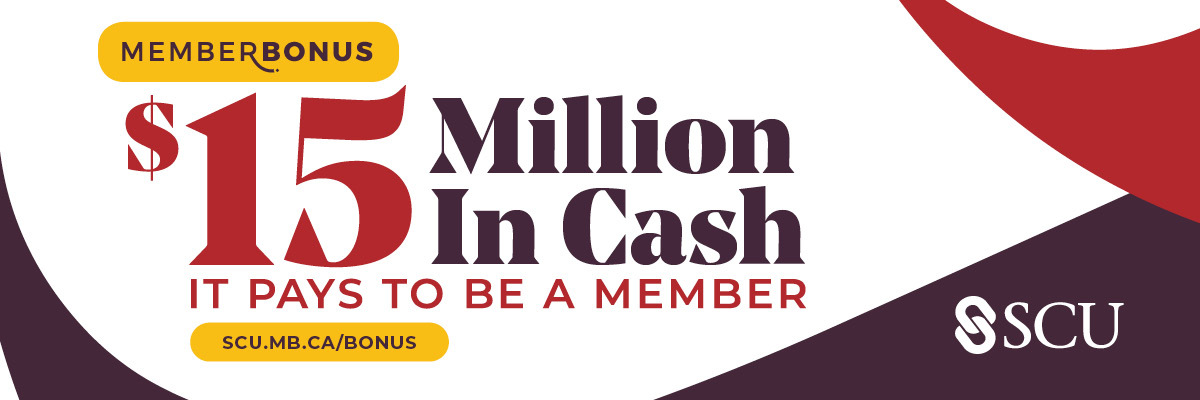
“I’m an ENFJ. What are you? You seem like more of an I to me… you know, an introvert. Have they tested you yet?”
If you’ve worked in professional settings since the 90s or early 2000s, you might have heard talk like this around the office. No one’s speaking in code or a different language. They’re just referring to the Myers-Briggs Type Indicator (MBTI), a personality test that originated in the work of psychologist Carl Jung.
This personality test assigns people letters in four categories. It purports to describe our innate tendencies for thinking, feeling, and behaviour. For a time, the MBTI was the industry standard for big businesses, governments, and employment agencies trying to get to the bottom of their employees’ personalities and figure out what made them tick… and how to make them tick more productively.
The MBTI became so popular that the 16 different Myers-Briggs personality types launched straight out of the world of business analysis and became part of our pop culture—especially in the early days of the internet, when people could take the MBTI test and use its resulting four letters to supposedly identify what kind of person they were. The MBTI tests people on whether they’re extroverted or introverted (E or I), sensory or intuitive (S or I), thinking or feeling (T or F), and judging or perceiving (J or P). Just note that some of those words have different meanings in the context of the test.
You may have even taken the test yourself, and like many others found it to describe you accurately.
If you’ve heard of the MBTI, you may be surprised to know that it doesn’t get much use anymore outside of its use in business or organizational psychology circles. In fact, the MBTI has experienced significant criticism, to the point that it’s dismissed by a majority of experts as pseudoscience.
And it’s not just the Myers-Briggs test. Many personality profile systems have come under scrutiny as researchers try to ask deeper and deeper questions about what makes us who we are. We can learn a great deal from the decades of research that have created the field of personality psychology. We can also learn why we should be cautious about the tests that claim to define us.
All personality tests, from ones designed in rigorous academic settings to the Facebook quizzes that tell you what kind of kitchen appliance/Hogwarts House/hot dog topping/Star Wars character you are, can fall into one of two categories: trait-based and type-based.
Trait-based tests assess someone based on the strength of particular characteristics, whereas type-based tests seek to place individuals into a set number of categories.
The MBTI is probably the best-known example of a type-based personality test, though other popular ones exist. When it comes to trait-based tests, the most widely used by academics and personality psychologists tend to be based on a system known as the “big five”—a series of five characteristics—openness, conscientiousness, extraversion, agreeableness, and neuroticism—that are rated along a scale. These measures, also called OCEAN, form the basis for a large number of trait-based tests used in academic, business, and clinical settings.
When evaluating if any psychological tool is useful and evidence-based, typically we look at two main factors: the tool’s validity (whether the tool measures what it attempts to measure) and the tool’s reliability (whether its results are consistent over time).
As researchers have assessed the MBTI, its support according to these two factors has ranged from inconclusive to conclusively poor. For one thing, the results aren’t always consistent when the test is taken by the same person at different times. This indicates poor reliability. For another, the underlying reasoning for placing people into one of 16 personality types is dubious at best, and research has so far been unable to deliver a convincing case that the Meyrs-Briggs typology accurately describes real categories of human personality—which calls into question the tool’s validity.
To make things worse, despite the fact that its usefulness is in question, the results of the MBTI were used for decades in the workplace to determine how to make employees more productive, or even to determine whether people would be hired for certain jobs.
This is especially unfortunate when you consider that all personality profiles reflect a snapshot of a person and how they may function under certain circumstances. They say nothing about how dedicated, resourceful, or skilled that person can be in overcoming obstacles. Instead of being used to learn more about ourselves, type-based personality profiling too often creates situations in which people are placed into boxes, as though they won’t grow or change for the rest of their lives.
That doesn’t mean that we can’t learn anything about our personalities.
By contrast, personality profiling based on OCEAN, or other trait analysis, is supported by much more robust evidence. They tend to be used more frequently in academic and clinical settings. While these tests can’t necessarily tell us how good an employee someone will be, they seem to provide a more rounded and accurate assessment of a person’s personality—that is, with the understanding that this assessment is carried out at one very particular point in a person’s life. The expectation is that they will change.
OCEAN-based profiles can give people the benefit of learning more about themselves and how they work without making them feel trapped or pigeonholed.
So just be slightly wary of any assessment that promises to tell you who you really are. Personality tests, whether trait-oriented or type-oriented, can be useful tools to give us insights into ourselves and how we work, as well as how we can improve ourselves. There’s nothing wrong with wanting to understand ourselves better.
The real problem arises when we treat these results as unchanging and rigid—or worse yet, prescriptive. The best information we’ve learned about human personalities is that they are deep, complex, and subject to change as we grow over time. And that’s a very good, and very human, thing.


















